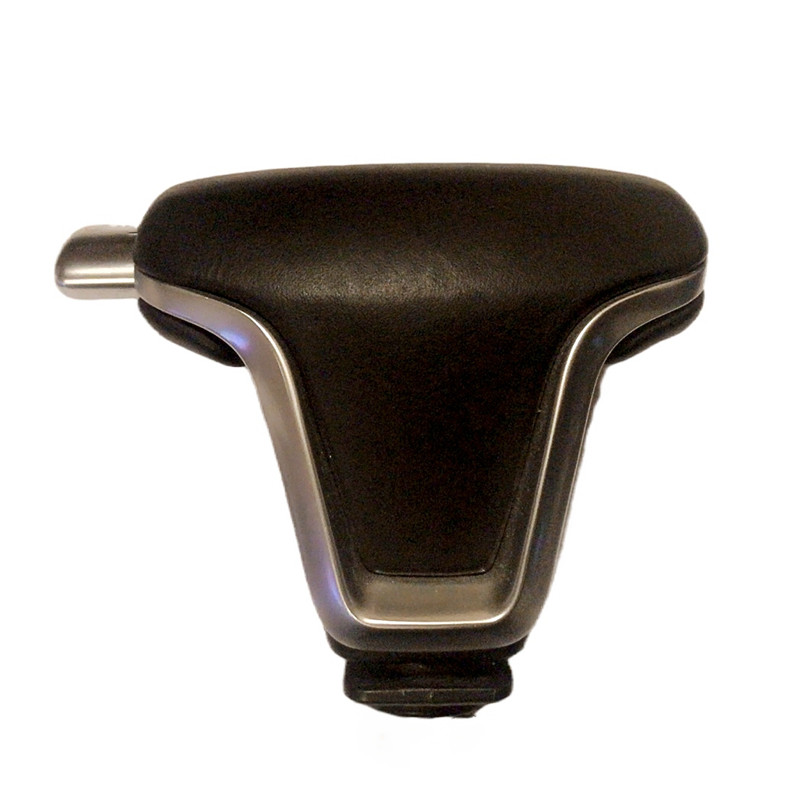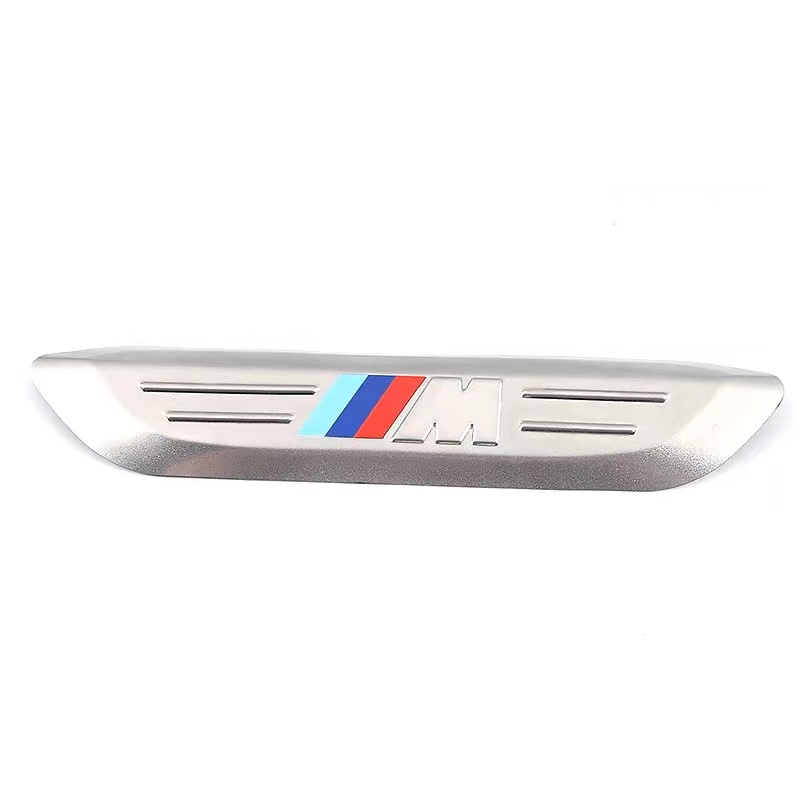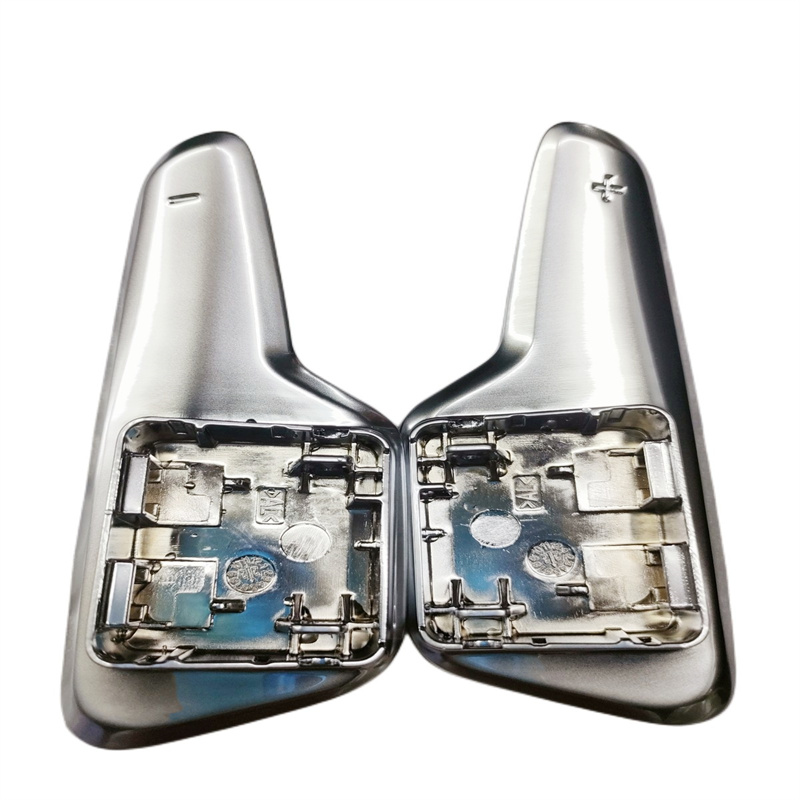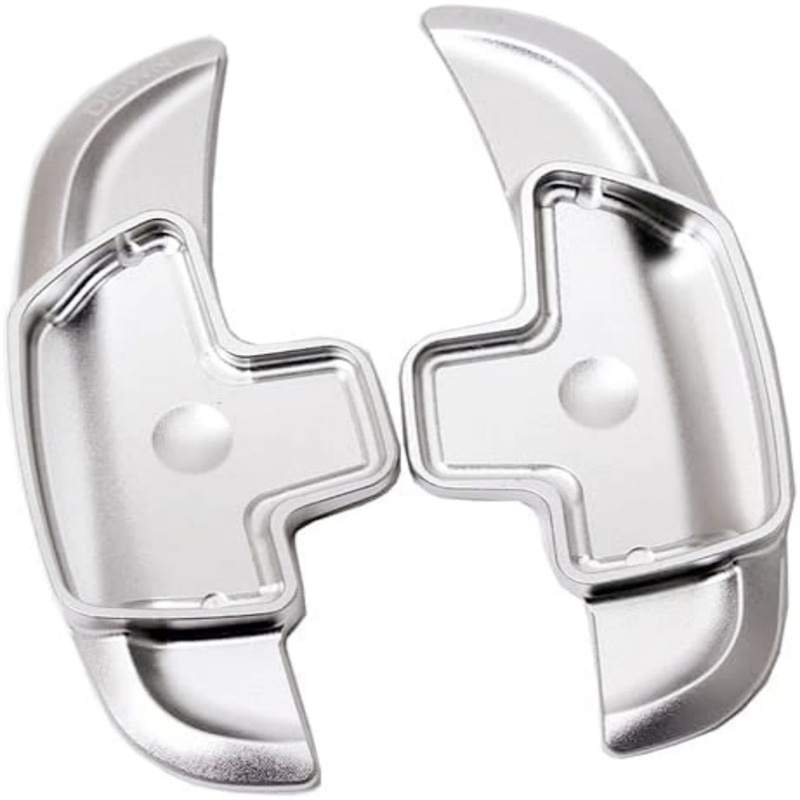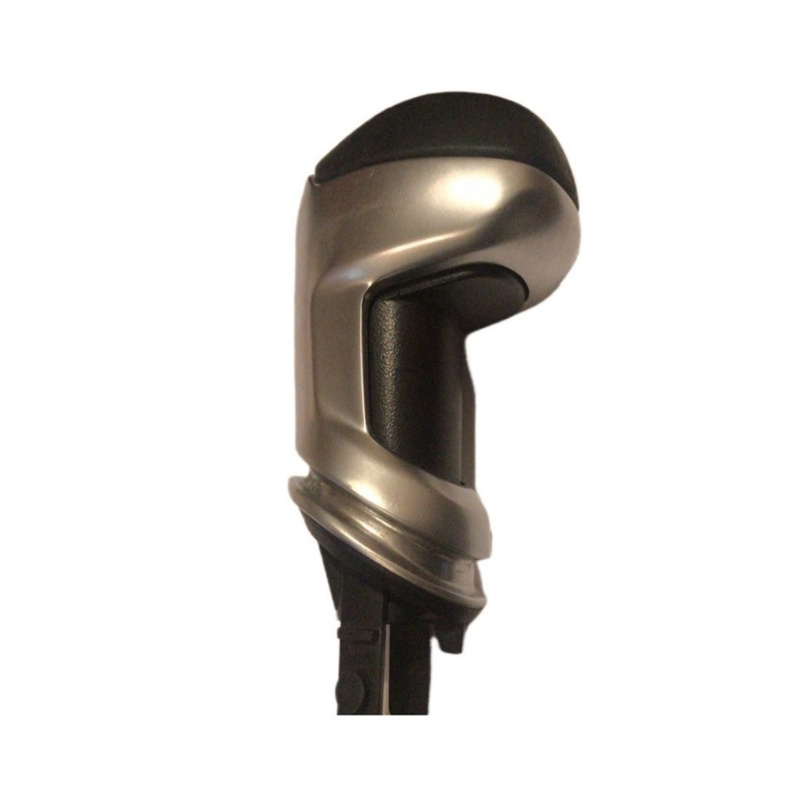Citroen C3 XR Shift Stick Gear Knob Citroen C3 XR
All of the names for the metal lever that is attached to an automobile's transmission—"gear stick," "gear lever," "gearshift," or "shifter"—are variations of these phrases. Its official name is transmission lever. In an automatic gearbox, a comparable lever is known as the "gear selector," whereas the shift lever in a manual transmission is known as the "gear stick."
The most frequent location for a gear stick is between the front seats of a car, either on the center console, the transmission tunnel, or directly on the floor. Due to the shift-by-wire principle, the lever in automatic transmission automobiles operates more like a gear selector and, in newer cars, does not necessary need to have a shifting connection. It also has the advantage of allowing for a full-width bench-style front seat. It has subsequently gone out of popularity, but it can still be found on many pick-up trucks, vans, and emergency vehicles in the North American market.
In some modern sports cars, the gear lever has been completely replaced by "paddles," which are a pair of levers mounted on either side of the steering column, usually operating electrical switches (rather than a mechanical connection to the gearbox), with one incrementing the gears up and the other down. Before the present practice of installing the "paddles" on the (removed) steering wheel itself, Formula One vehicles used to hide the gear stick behind the steering wheel within the nose bodywork.
- Part Number:900400
- Material:Zinc Alloy
- Surface:Matt Silver Chrome








